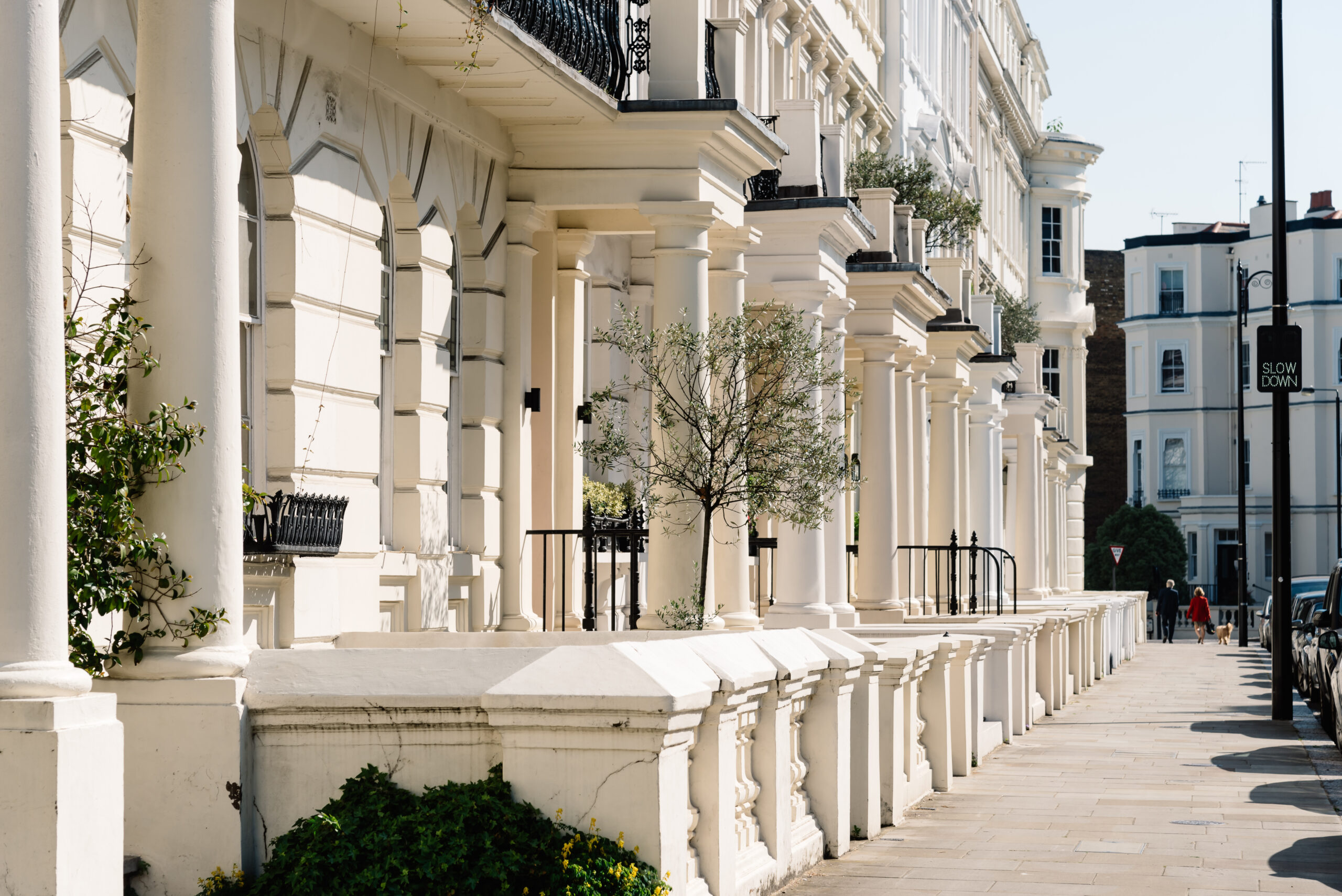The case for building on the green belt seems to be winning. The housing problem in London and the South East is not going away – prices are not just high, they are rising rapidly.
Although politically the problem can be deferred with policies like Help to Buy, pledges to build on ‘brown field’ land, or the Housing Minister’s recent announcement that the government will raise its ‘target’ to build more houses, none of these things will actually do much to boost the supply of new homes.
It’s no longer just classical liberal voices like the Adam Smith Institute, The Economist or the Institute of Economic Affairs calling for a rethink of the green belt.
Tim Montgomerie’s recent piece in the Times calling for development on some green belt land was shortly followed by a leader article to the same effect. In February, Martin Wolf wrote in the Financial Times that “It is untrue that the green belts are areas of outstanding amenity. They are rather sources of increasing misery”. Last October, the Observer’s Rowan Moore wrote that “it is no longer good enough to insist that green belts must, at all costs, never change”
The Telegraph sometimes appears to be at war with itself over the topic – not surprising given the classical liberalism of many of its editors, and the traditionalist conservatism of its readers. But even it seems to have abandoned its pro-green belt and oddly misnamed ‘Hands Off Our Land’ campaign, and has published pieces that at least consider the idea of building on the green belt.
I have outlined the main arguments in favour of building on at least some green belt land (4 per cent or so) elsewhere. Briefly, they are:
1. House prices are very high because developable land is scarce, and particularly in places people would like to live. National housebuilding figures are low enough, and the houses that are being built often aren’t in places like Oxford and Cambridge where demand is highest.
2. Large parts of the green belt – at least a third of most cities’ green belts – are used for intensive farming. This is typically an environmental net negative (ie, worse for the environment than doing nothing). Cheaper land would mean more houses could be built with gardens and more, and bigger, parks near people’s houses. Parks and gardens are typically very biodiverse and environmentally positive, and provide much more amenity to people than remote green belt land.
3. Very little of England is built on – less than two and a half percent – and very little again would be needed for the two and a half million homes that we are estimated to need – 0.5 percent of the landmass of England, or two percent of the country’s green belt. One million new homes could be build around London on land within a ten minute walk of an existing train station – on less than four percent of the city’s green belt.
One of the best objections to this is that new housebuilding without the infrastructure to support it would increase road and rail congestion and put a strain on sewerage and related waste infrastructure.
The first question is whether we expect new housebuyers to pay for the extra infrastructure costs they impose on the areas they move onto. This may not be the case – after all, new motorways are usually paid for by the Treasury’s consolidated fund, not by local levies or tolls.
However, making the homebuilder or buyer pay for new infrastructure through a simple, predictable Impact Fee (as in the United States), and varying the amount paid according to the cost of that new infrastructure, may be the most efficient option.
Simplifying the existing Section 106 agreements to reflect the extra cost only, and not a shopping list of things the local council would like to see, would make the process more efficient. We want people to buy houses where the extra infrastructure spending is lowest, and indeed, where the cost of required infrastructure is prohibitive, we do not want them buying houses at all.
Alternatively, for the most significant additional pieces of infrastructure (new or expanded train lines into city centres, say) the government could take advantage of ‘planning gain’ directly to fund construction. A piece of agricultural land that gets planning permission for development in high-demand areas can rise in value significantly – by several hundred times in some cases. (Paul Cheshire notes that around Reading “the market price of agricultural land at the urban fringe is currently some £2,500 per acre while the price of residential land appears to be at least £2 million per acre.”)
The government could simply buy large plots of agricultural land within the current green belt at the market price, reclassify these plots as non-green belt, and sell this now-developable land at a considerable profit. This may not yield such enormous returns on the initial investment that the £2,500:£2,000,000 ratio above would indicate, since of course the point of this is to make developable land less scarce and hence less expensive. Indeed in a world without any artificial scarcity of developable land the multiple would be zero.
But at the margin it may make new developments much more easy to do. Using some of this money to compensate local residents for the loss of value to their homes may also make new developments more politically feasible.
If “smart growth” advocates are right and the solution to our housing needs is to build housing more densely in cities, pricing the cost of new infrastructure in to the price of new developments on the green belt would efficiently nudge buyers back to the city.
If buyers choose to pay the price of the infrastructure as well as the homes themselves, it is a sign that they do not want to live in high density urban areas.
My suspicion is that in the course of this Parliament we will see some moves by the government to reclassify certain parts of the green belt to make them developable – perhaps the green belt will be redefined to protect land that provides amenity or is environmentally valuable, rather than just being a constraint on the growth of English cities.
If that is to happen though, the best arguments against doing this must be answered. Adhering to the principle that new developments must pay their own way in terms of infrastructure, and using the perversities of the planning system to make reforms more economically viable, may solve one of the key objections to green belt reform.
Sam Bowman is Deputy Director of the Adam Smith Institute





